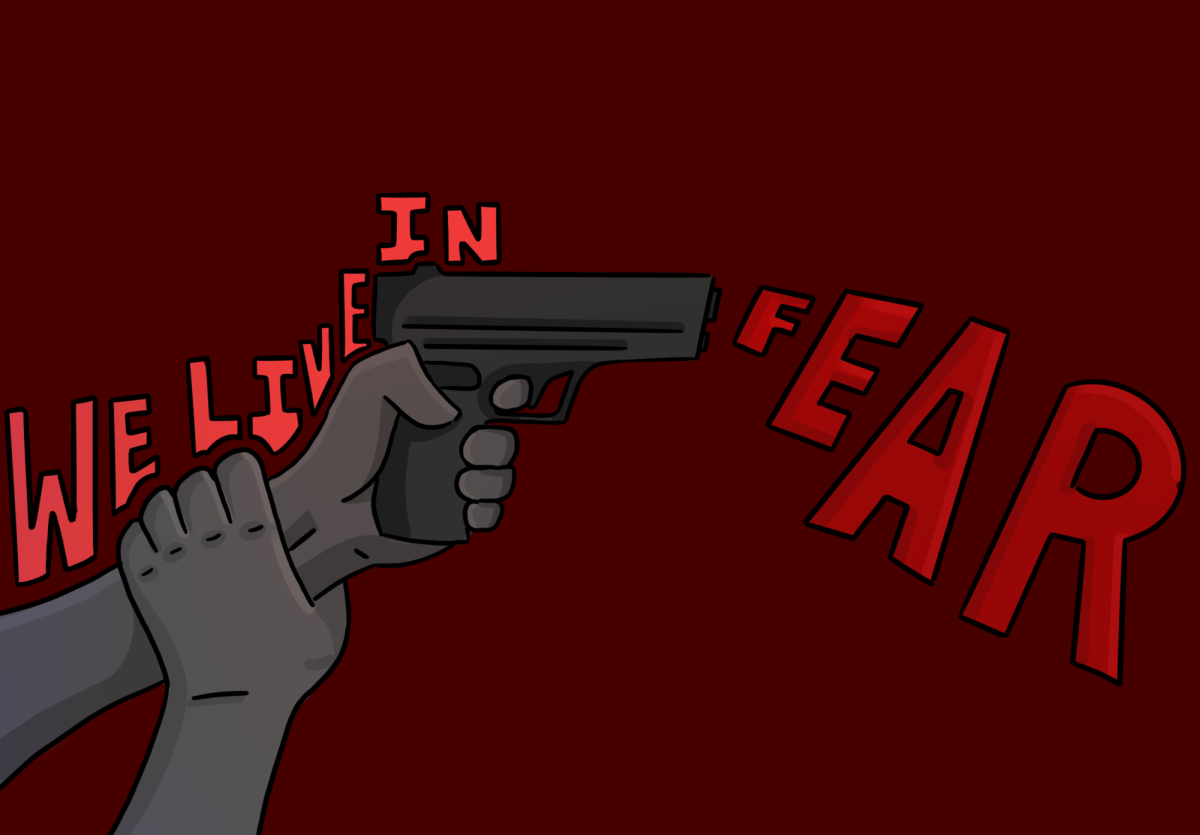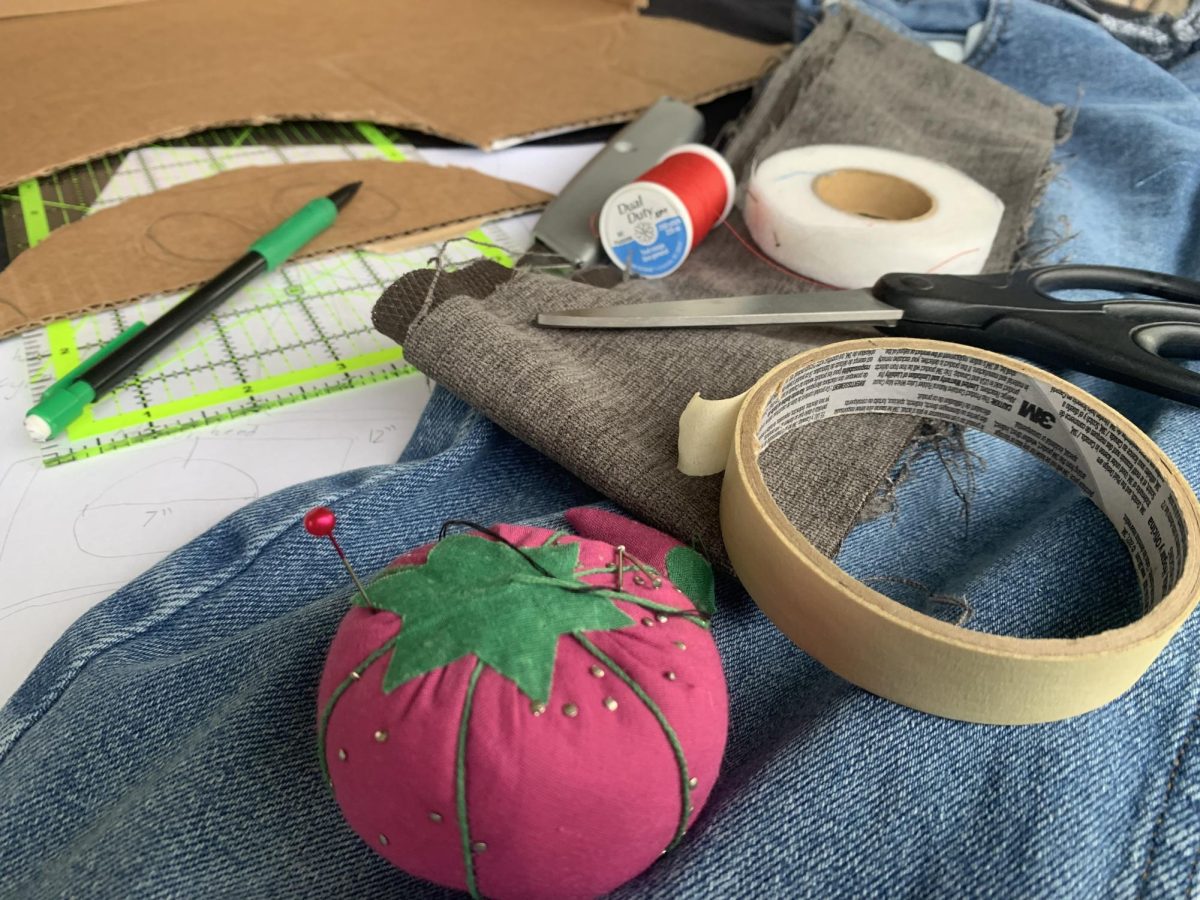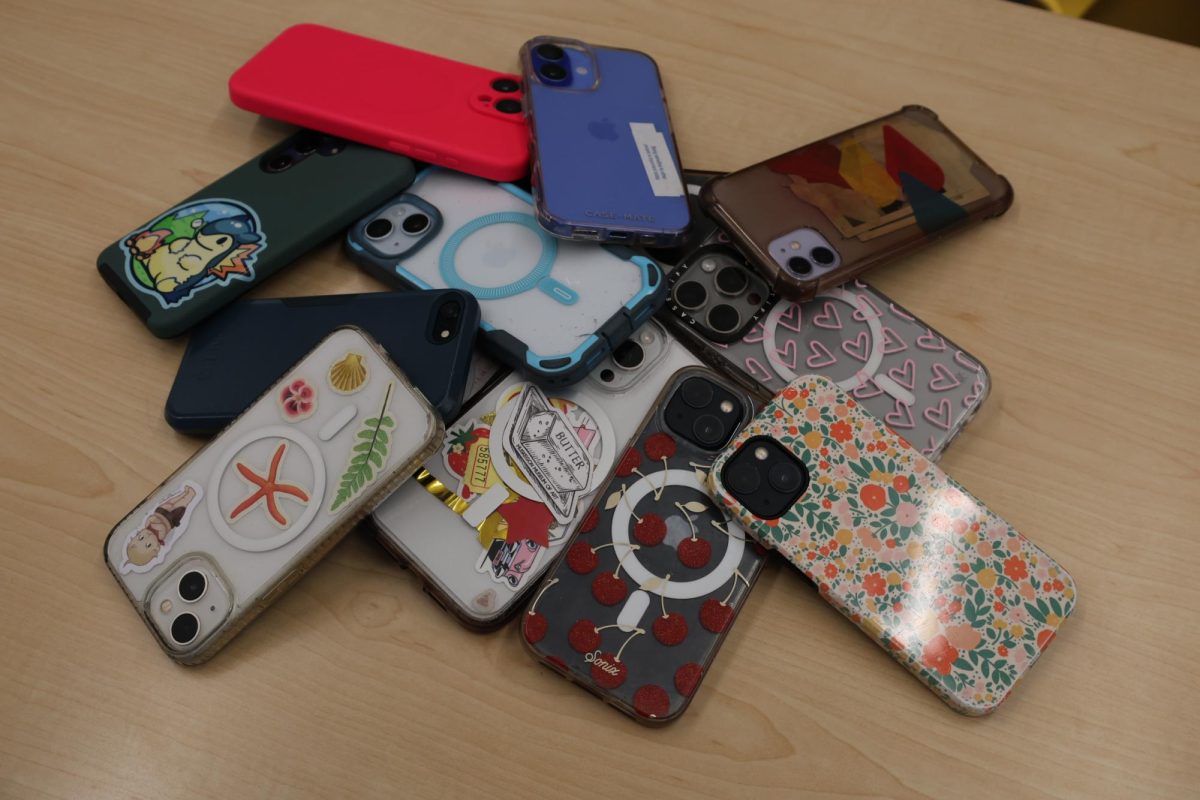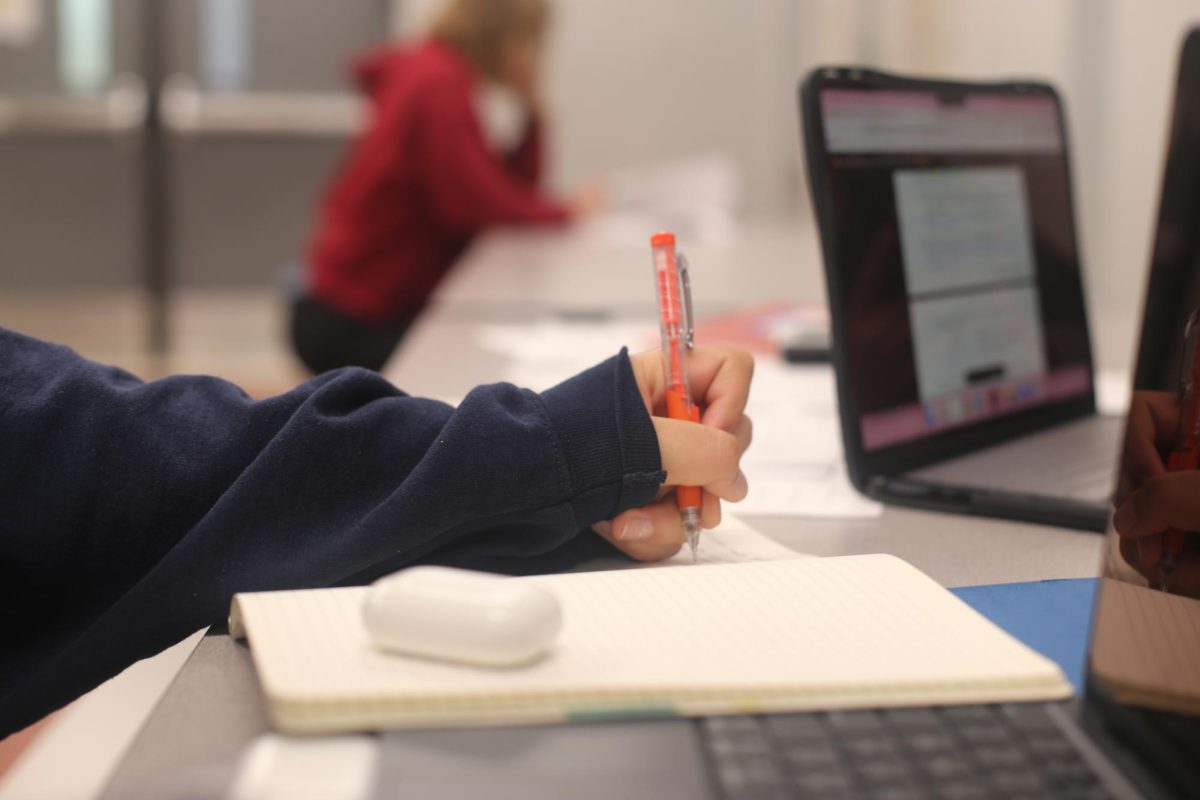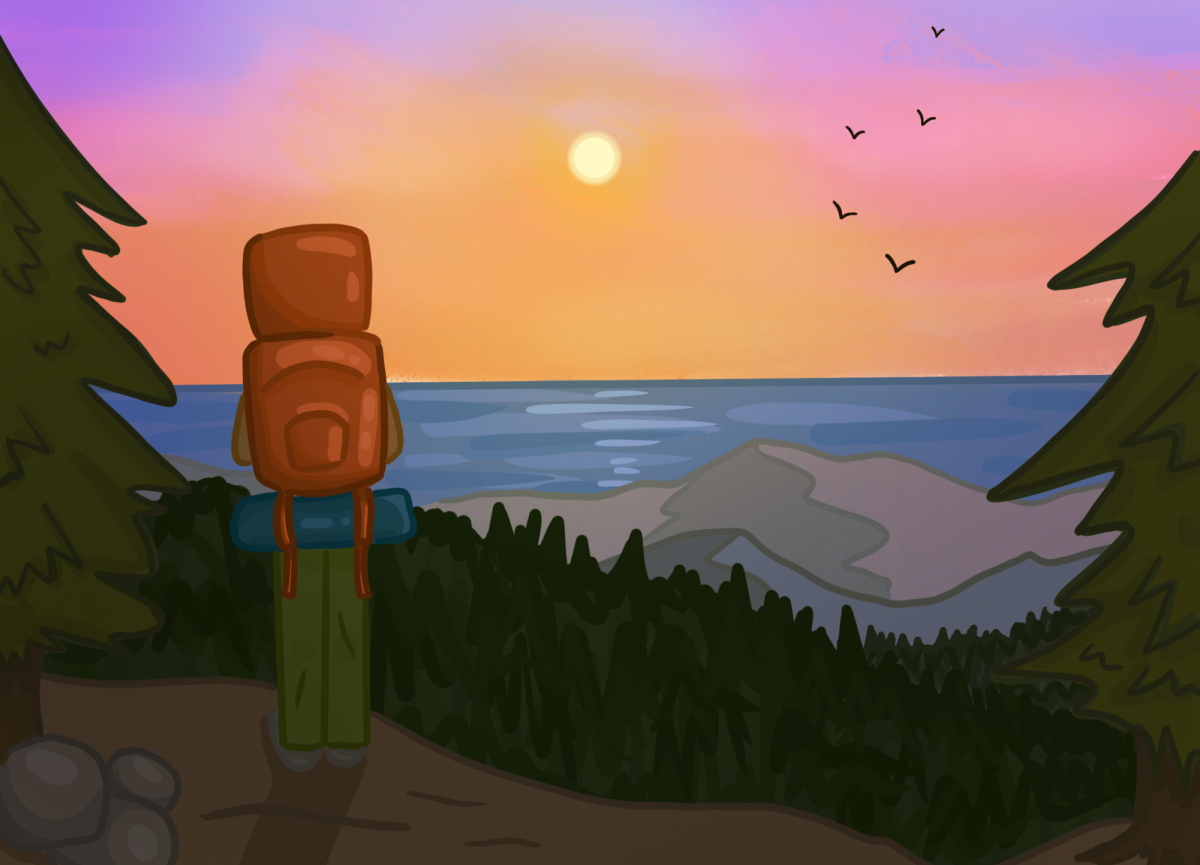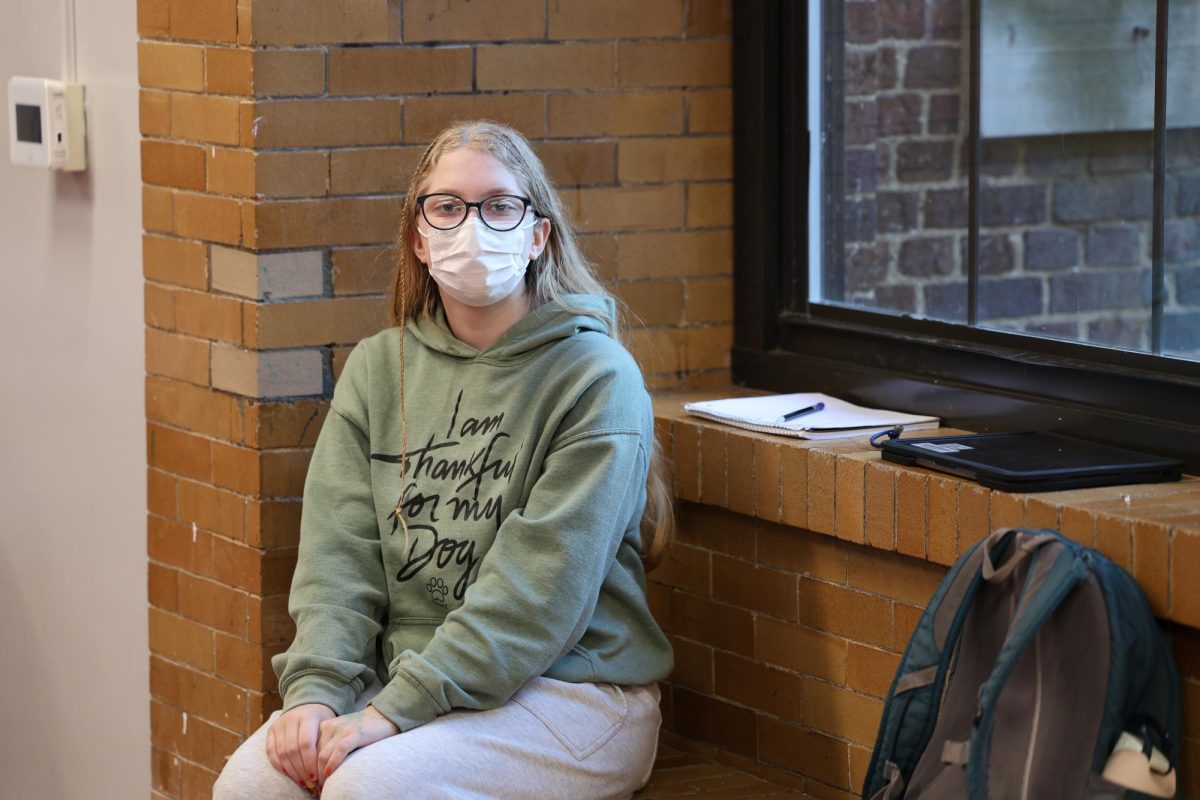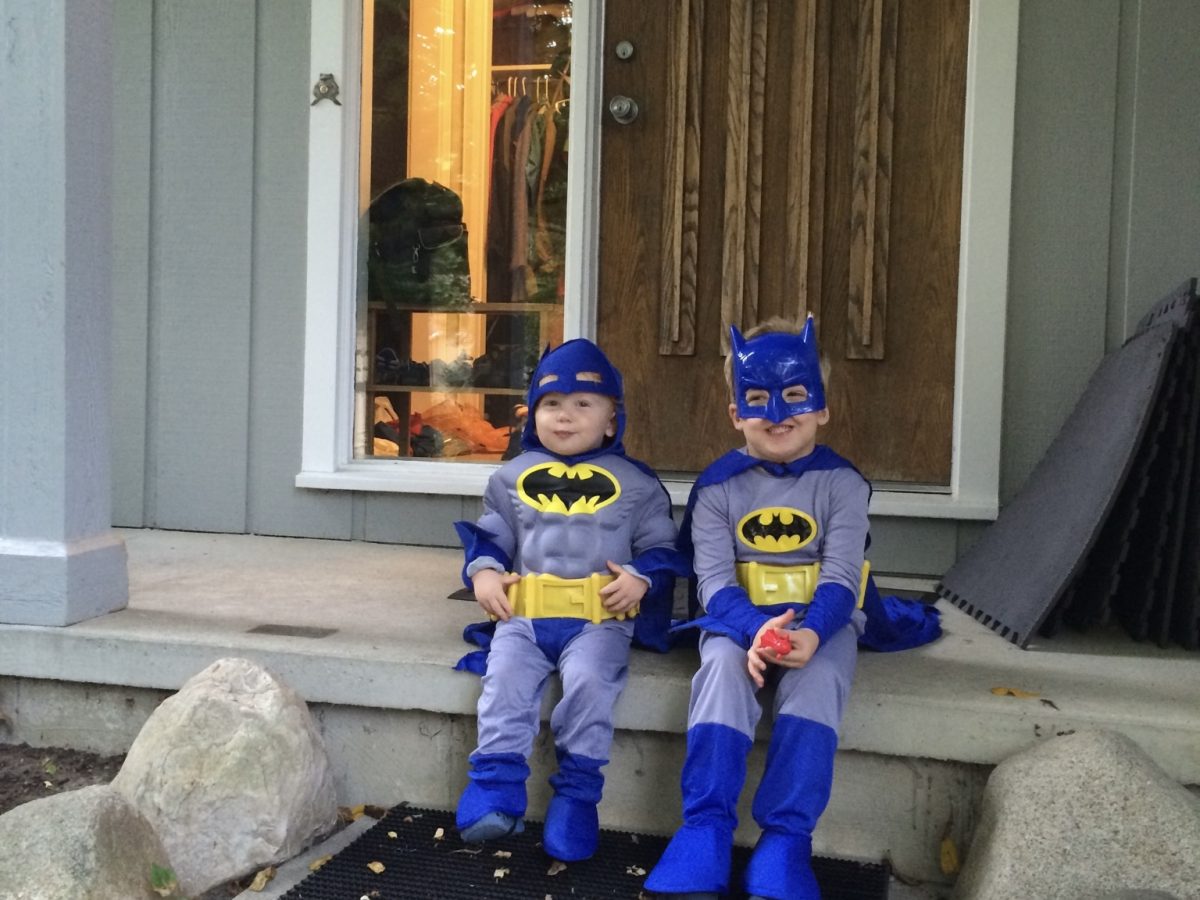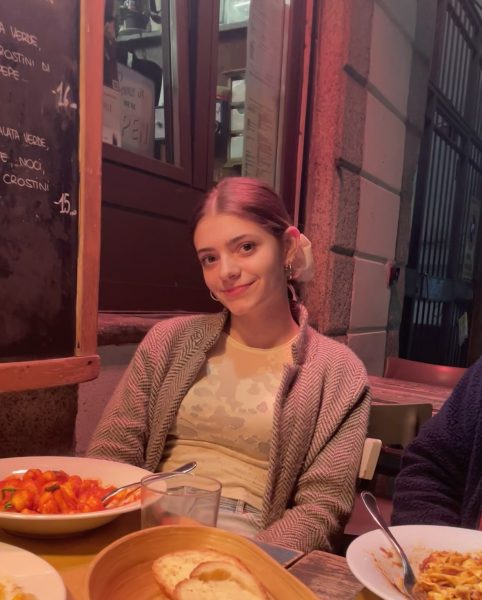When I sit in class, I want to think about the lesson. I want to think about the conversations happening around and about the work I need to get done, but there is another thought that comes in more often than I’d hope: What if it happened here? What if we were next?
School is supposed to be a place of learning, community and growth. For me, even though it is, it is also something else. It is a place where the thought of violence follows me throughout the day. I go to class, walk around Kerrytown and hang out with my friends, but that question is still there.
I live in a country where school shootings are not rare anymore. They are common enough to shape the way students like me think about safety. Ann Arbor Public Schools gives mandatory lockdown drills twice a year. Those drills don’t always feel like practice; rather, they act as a reminder that the possibility is real. It feels like I am asked to carry that weight, even when all I want to do is learn.
Chloe Root, a U.S. history and government teacher at CHS, remembers being a ninth grader at CHS and at Huron High School during the Columbine shooting.
“I never imagined it would turn into something so common,” Root said. “It is heartbreaking how normalized it has become.”
She described how school safety has changed since then, though not always in ways that feel effective. As a student at the time of the Columbine shooting, Root remembers being aware that major events often inspired copycat crimes. Still, she never imagined that school shootings would become part of that pattern, or that they would happen so frequently.
“I wish schools had become safer, but I think a lot of what they do just creates the illusion of safety,” Root said. “Things like locking doors are more about making people feel safe, not making us safer.”
The phrase “illusion of safety” does a lot to show what it feels like to be a student today. I know schools do things to protect me and my classmates. We practice lockdown drills, I see cameras in the hallway and walk through locked doors; however, these steps don’t necessarily address the real problem. They might calm fear, but really, I know the possibility of violence has not gone away.
Even the drills themselves are complicated.
“During drills, I usually just feel sad that my students have to go through them,” Root said. “When I have been in training, like ALICE drills, where the teachers act as students and police come in with blanks, it’s terrifying. Honesty, traumatizing.”
I am not alone in feeling that burden every day. Other students I know have admitted they find themselves looking for different escape routes or planning what they would do if something happened. It’s exhausting to balance being a normal teenager with carrying the constant thought of “what if.”
“I want to say I feel safe, but also everyone else felt safe at their school until something happened,” Sylvie Ellis said, a junior at CHS. “I don’t expect it to happen here, but it could. That possibility is always in the back of my mind.”
I think about the possibility a lot. My family reminds me that the chances are low, especially since I live in a safe town, but I don’t always feel that way. The truth is, the chance may be small, but it is the same for every student. People go to school expecting a normal day, until suddenly it isn’t. That thought affects my focus, as well as that of others around me.
“With my friends, I have talked about how horrible it is that we even have to think about this possibly at all,” Ellis said. “It interrupts learning and everyday life.”
The interruption is an intrusion of fear into something as ordinary as math class or Forum; it has become a part of being a student in America.
“At sixteen, I shouldn’t be thinking about whether my school might get shot up,” Ellis said. “I should feel safe.”
Another CHS student, Liliana Amjadi Klass, has a similar feeling.
“Even with cameras and locked doors, I always think someone could come in at any time,” Amjadi Klass said. “At other schools, people didn’t think it would happen to them; the chances are low, but it’s low everywhere until it happens.”
For Amjadi Klass, reality hit close when an old friend of hers narrowly avoided a school shooting.
“I had a friend from Evergreen High School—she was picked up minutes before the shooting and her car was stopped by SWAT,” Amjadi Klass said. “It reminded me how close to home this really is.”
That fear isn’t just personal, it’s political too. The reality that students and teachers face every day is shaped not only by drills and safety measures, but also by the choices made beyond classrooms. When schools prepare us for lockdowns without addressing why they are necessary, it feels like we are being asked to adapt to a problem that adults with power are unwilling to solve. Root believes that lawmakers, in particular, have not done enough to match the urgency of the situation.
“I’m mad at politicians who refuse to act because of lobbying pressure,” Root said. “It is undemocratic and self-serving. If policies reflected public opinion, things would be different.”
Teachers are not the only ones who feel this way; students do too.
“There is more that could be done with gun control, especially with minors, since sometimes it’s a student who brings a gun,” Ellis said. “Lawmakers fail to regulate that. Students shouldn’t have to deal with this—we should just be figuring out life, not carrying this burden.”
Gun violence is not just a tragedy when it happens. It is also a burden when it doesn’t. It weighs on me in the drills I practice, in the moments when I wonder if we would know what to do and in the conversations I have with my family and friends about safety.
I believe that with even a topic as heavy as this, it is not something that should be silenced. Silence can be dangerous because it makes fear look invisible. It allows lawmakers to ignore what students and teachers already know: that we live with the possibility of violence every day, and we need real change, not just “security theater*.”
“I think of [school safety] more psychologically,” Root said. “When people feel safe psychologically, they are safer physically too.”
Real safety, then, is not about cameras or locked doors; it is about taking action to address the root of the problem.
Gun violence is a part of the world right now, but it doesn’t have to be forever. No one can erase the fear overnight, but students and teachers can refuse to be silent about it. Maybe with that, the world will start to move toward one where students and teachers don’t have to carry this burden anymore.
* Security Theater: security measures that are implemented more for the purpose of appearing to be secure and making people feel safer than for actually improving security



